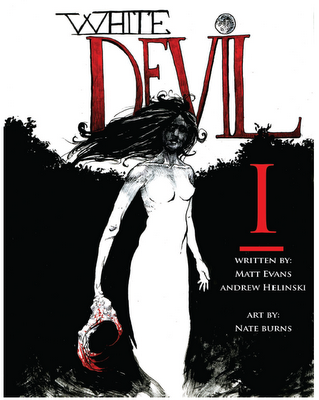The Doom Patrol Wants You!
(to read some collections of their past adventures)
Weird strange bizarre encounters confront the reader of
Doom Patrol. These chronicled enigmas
warp into even more outlandish escapades when Grant Morrison’s brain divulges
the tales of whimsy.
Doom Patrol trade
collections 3: Down Paradise Way
and 4:Muscle Bound transport the reader
to the fringes of a dream-logic world. Comic books possess a strong ability to capture
the outré, and bring forth stories resplendent with strange encounters.
Morrison presents a “psychedelic hyperreality”[1] of
odd originalities that grab, shake, and awaken an imagination and sense of
wonder that may have dozed, or become sedate through consumption of material
already seen before. Despite the original 1990-1991 publication dates of these
stories, they eschew datedness and still feel unique and timely. In these
volumes Morrison spins yarns of clock-faced time mercenaries, emissaries of orthodoxy,
a psychic muscleman, a wandering transdimensional cross-dressing street (where
the Doom Patrol finally establishes their head quarters), and a villainous group
called the Brotherhood of Da Da. Tone varies throughout the book, but it always
maintains playful germs of chipper frivolity.
“Originally billed as ‘The World’s Strangest Heroes,’ the
Doom Patrol had always been played as misunderstood outsiders, so I have them a
new purpose as the only superheroes disturbed enough to deal with the kind of
menaces to sanity and reality that not even Superman could hope to confront.
With artist Richard Case and some design assistance from Brendan McCarthy, the
spiritual father of my take on the book, Doom
Patrol cornered the market in ‘strange’ and picked up the baton Steve
Gerber had passed in the from of The
Defenders.”[2] The 15
issues in these two collections launch a vicious, yet entertaining, attack on
sanity that would leave Gerber’s Defenders questioning reality.
Reading these issues produced a feeling of displacement and
a captivating sense of having lost one’s way in an infinite labyrinth. Doom Patrol harbors a raw and primal
element to the stories. The tales are good although a certain slick polish has
been left out; a reader can still see the dents and scratches that have yet to
be refined. This glimpse of the tales’ birth structure enhances the impact of
the story by showing readers some elements from the artists’ initial thrill and
creative energy. Saga stands as a
creative book of the weird with the polished edges this version of Doom Patrol
has left sharp and jagged; this comparison isn’t to say one book reads superior
to another, merely a way of bringing forth a difference in style. Consider that
if Saga is Powerslave, then Doom Patrol
is Live After Death.













